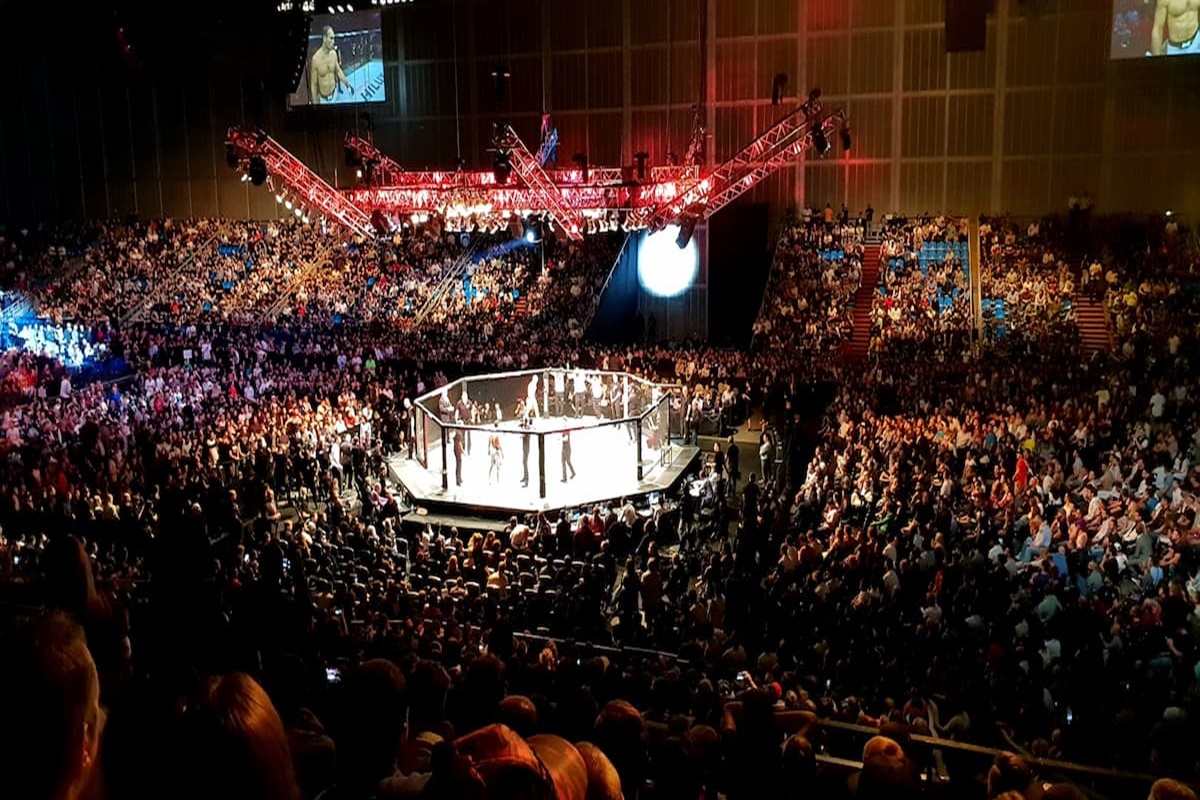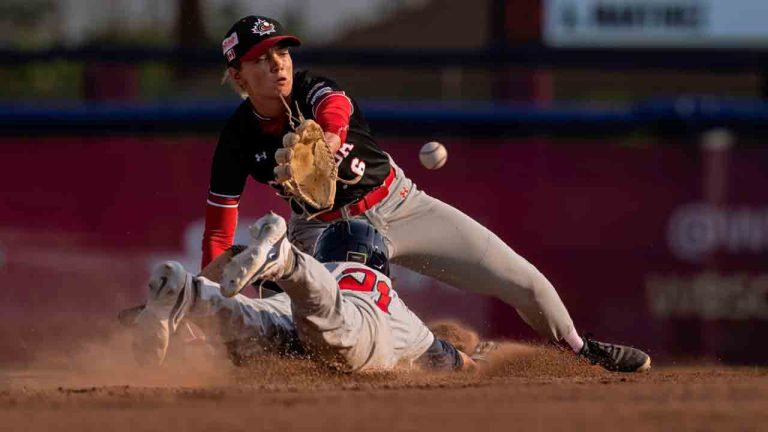There’s something special brewing at GWS.
In just 19 games under Adam Kingsley, the Giants have now won five times having trailed at three quarter time – the latest, a stirring fightback from 35 points down to completely run over the top of the Western Bulldogs with a second half for the ages, the most significant yet.
Seven wins in a row is now a club record – no mean feat for a side which made deep finals runs in five of six years under Leon Cameron from 2016 to 2021, especially not during what was meant to be a rebuilding year under a new coach and with a list beginning to haemorrhage talent.
This is the biggest deficit they’ve won from in their history, and surely sits in the very top echelon of the Giants’ home-and-away wins; more importantly right now for Kingsley and his comeback kings, it leaves them with the inside running on one of the more unexpected home finals of the AFL era.
It’s a story of a club with an underrated swathe of talent across key areas, a number of crucial role players who attack every contest as if it’s their last, and never, ever, even for a second, admits they’re beaten.
Basically? They’re Collingwood – just one year behind.
This was a win made all the more impressive by the fact that, for the first two and a half quarters, the Giants had been on the end of an awful hiding by the Bulldogs – indeed, having lost just once by more than 21 points this season, it wouldn’t have been far from their worst first half of the year.
It should come as no surprise to learn who was driving the Dogs’ charge: the midfield trio of Marcus Bontempelli, Tom Liberatore and Tim English were blitzing the field to devastating effect, and the Giants had no answer to it. By quarter time, the captain had 13 disposals before Kingsley, with no other option, moved Callan Ward on-ball to lay a hard tag; there was no such option for English, whose extraordinary aerobic capacity was running an in-form opponent in Kieren Briggs ragged.
If not for Sam Taylor, whose intercept mark tally was up to seven by the time the comeback began, and for the Dogs’ sloppiness in front of goal, kicking 3.8 from set shots in the first half, the margin would have been even steeper.
But still, 35 points up at anytime in the second half just isn’t a deficit you see reeled back. As bad as the Giants were up to that point, they were as if not more spectacular when the momentum turned their way.
So what changed? Simple – the Giants began to attack the Dogs at their weakness. Having lost Alex Keath and Josh Bruce for the day – the latter to a serious-looking knee injury – it didn’t take a rocket scientist to know they would be vulnerable in the air; but more vital given the absence of Jesse Hogan was an improved effort at ground level.
You can probably guess who did the lion’s share of the damage.
It’s been said to death, but Toby Greene is a truly remarkable footballer: too strong for small defenders and too agile and smart for the talls, he’s just about the toughest match-up for any aspiring backman, and this year only Nic Newman has managed to do a number on him.
Having been reasonably well held by Taylor Duryea and even forced to spend time on-ball to try and address the Giants’ contested shellacking, Greene’s five second-half goals were just about his most significant match-winning turn yet in probably his most complete season at the highest level.
Greene’s role is usually presenting as a high half-forward before working back inside 50 with the run of the ball, but Kingsley, sensing the mismatch on first Duryea and then youngster Luke Cleary, shifted him permanently inside 50 after half time, and the rewards were profound.
Seven of Greene’s nine first-half disposals came up the ground; after the break, he’d have seven of ten inside the arc, with five of them the goals that swung the match the Giants’ way.
That move also heralded a change in the Giants’ ball movement up the ground: where in the first half they had looked to kick aggressively forward only to be regularly repelled with no Hogan as a marking option, the second half saw them time and again come at the Bulldogs with handballs through the corridor.
It wasn’t always clean – check out this example early in the fightback, where the Giants somehow keep the ball moving via handballs that seldom hit the target, and nearly score anyway but for a miss from Greene.
But the intent was clear – and as their confidence grew and the Dogs began to flag, their leg speed and willingness to take the game on became more and more profound. This is a fast, fit bunch.
Toby Bedford and Brent Daniels were the keys: pushing right up to stoppages to create space out the back, their pace utterly blitzed the Dogs whenever the Giants were able to win it at the coalface: a passage where Harry Perryman had the ball inside defensive 50 and chose to kick to space on the wing, with Bedford neck in neck with Daniel and finishing a 50-metre run with five metres of space and the ball inside 50, the perfect example.
The Magpies comparisons don’t just extend to their speedy ball movement and repeated comebacks: this passage of play in the third quarter, where the Giants, instead of kicking long despite an outnumber and Greene’s presence, chose to hold the ball, come at the Dogs’ defence and force an overlap, creates a goal.
The Dogs had all set up for a long kick to try and defuse it, so Whitfield opted to run and gun, gaining ten metres before forcing the highest Dog defender, Bailey Dale, to try and intercept, creating an overlap that forced Duryea to leave Greene and cover the next link in the chain, the continued run of Whitfield.
Over the back, Green capitalises with another goal. You could pick out five or six examples of practically the same thing happening throughout the second half.
This is excellent coaching, and achieved while only matching the Dogs at contests; a welcome change from the 30-15 clearance pantsing they’d had at half time, but still not enough, you’d have thought, to overcome such a deficit.
Where the Giants couldn’t get the Bulldogs for speed of hand or contested strength in the absence of Tom Green, with Liberatore enormous and Jack Macrae making up for Bontempelli being quelled by Ward with 16 contested possessions, they could punish them for breakaway speed.
That’s where Stephen Coniglio comes in: while no one’s idea of stoppage machine, his strength is in being the next link in the chain as the Giants break away from contests, using his running power to put distance quickly between him and whoever had lined up on him at the last ball-up.
With 21 disposals in the second half, the former captain was every bit as crucial as the current one. You can put Josh Kelly in a similar boat, while the raw pace of Whitfield and Lachie Ash from half-back sliced the Dogs to ribbons.
Green’s return in the next few weeks will only make the Giants stronger – Kingsley needed to resort to putting sub Nick Haynes, an intercepting defender by trade, on-ball to have a big body around stoppages in the last quarter. If that clicks, then this is a team that can do some serious damage in September.
Because that’s where the Giants are headed – it’s now inconceivable that they won’t make finals, as the Magpies did last year.
They are frenetic, resilient, and above all, brilliant. Kingsley, in the space of a few short months, has masterminded a Giants second coming.
Only time will tell whether this is the group to do what couldn’t be done in the late 2010s, and secure a premiership. Because now that they’re back, it’s hard to see them going away anytime soon.





















Discussion about this post